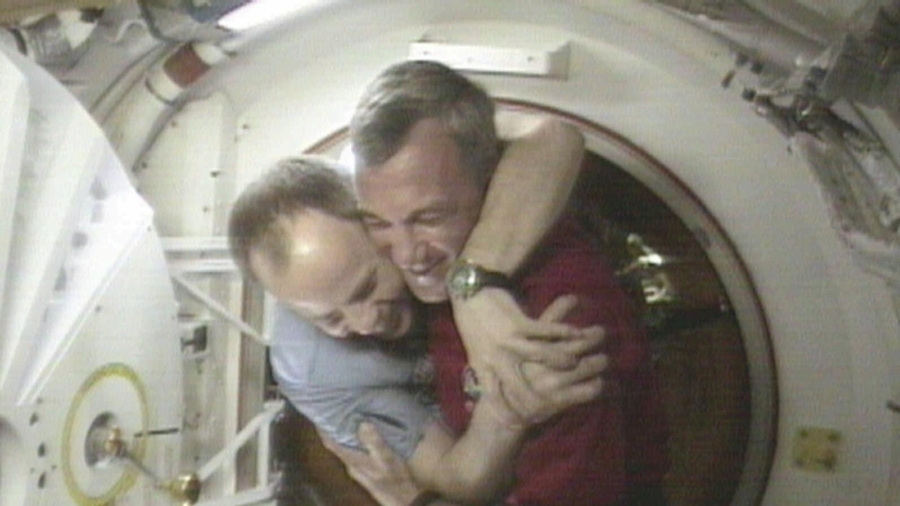MOSCOW—Russia will pull out of the International Space Station after 2024 and focus on building its own orbiting outpost, the country’s new space chief said Tuesday amid high tensions between Moscow and the West over the fighting in Ukraine.
Yuri Borisov, appointed this month to lead the state space agency, Roscosmos, said during a meeting with President Vladimir Putin that Russia will fulfill its obligations to its partners before it leaves.
“The decision to leave the station after 2024 has been made,” Borisov said, adding: “I think that by that time we will start forming a Russian orbiting station.”

But Robyn Gatens, the director of the space station for NASA, said her Russian counterparts have not communicated any such intent, as required by the station’s intergovernmental agreement, she said.
“Nothing official yet,” Gatens told Reuters at an ISS conference in Washington. “We literally just saw that as well. We haven’t gotten anything official.”
Borisov’s statement reaffirmed previous declarations by Russian space officials about Moscow’s intention to leave the space station after 2024 when the current international arrangements for its operation end.
NASA and other international partners hope to keep the space station running until 2030, while the Russians have been reluctant to make commitments beyond 2024.
The space station is jointly run by the space agencies of Russia, the United States, Europe, Japan, and Canada. The first piece was put in orbit in 1998, and the outpost has been continuously inhabited for nearly 22 years. It is used to conduct scientific research in zero gravity and test out equipment for future space journeys.
It typically has a crew of seven, who spend months at a time aboard the station as it orbits about 250 miles from Earth. Three Russians, three Americans, and one Italian are now on board.
The complex, which is about as long as a football field, consists of two main sections, one run by Russia, the other by the United States and the other countries. It was not immediately clear what will have to be done to the Russian side of the complex to continue safely operating the space station once Moscow pulls out.
With Elon Musk’s SpaceX company now flying NASA astronauts to and from the space station, the Russian Space Agency lost a major source of income. For years, NASA had been paying tens of millions of dollars per seat for rides to and from the station aboard Russian rockets.
Despite the tensions over Ukraine, NASA and Roscosmos struck a deal earlier this month for astronauts to continue riding Russian rockets and for Russian cosmonauts to catch lifts to the space station with SpaceX beginning this fall. But the flights will involve no exchange of money.
The agreement ensures that the space station will always have at least one American and one Russian on board to keep both sides of the outpost running smoothly, according to NASA and Russian officials.

Moscow and Washington cooperated in space even at the height of the Cold War, when Apollo and Soyuz spacecraft docked in orbit in 1975 in the first crewed international space mission, helping improve U.S.–Soviet relations.
NASA has been working with U.S. companies on establishing their own private space stations to eventually replace the International Space Station. NASA hopes that these commercial space stations will be up and running by the end of the decade.
Reuters contributed to this report.


